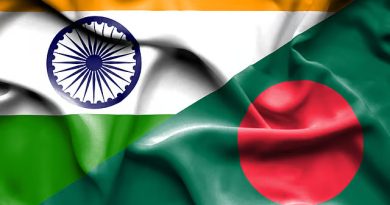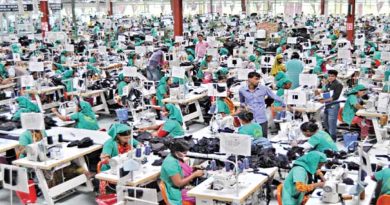Bangladesh’s export earnings rose 5.64 percent year-on-year to $12.31 billion in the first quarter of the current fiscal year, buoyed by strong July performance that offset declines in the following two months.
According to the Export Promotion Bureau (EPB), exports in September fell 4.61 percent to $3.62 billion, compared with $3.80 billion in the same month of 2024. This marked the second straight month of decline after a solid start to FY 2025–26, when July exports surged nearly 25 percent to $4.77 billion.
In August, earnings slipped 2.93 percent, reflecting a cooling in demand for the country’s largest export item — readymade garments (RMG).
The RMG sector, which typically accounts for over 80 percent of Bangladesh’s export basket, earned $2.83 billion in September — a 5.66 percent decline from the previous year. Within this category, knitwear exports dropped 5.75 percent to $1.63 billion, while woven garments fell 5.54 percent to $1.20 billion.
Despite the monthly fall, the apparel sector posted a 4.79 percent year-on-year growth for the July–September period, earning $9.97 billion, up from $9.51 billion a year earlier.
Exporters and industry insiders attribute the slowdown to seasonal factors and weaker global demand. “August to October is a lean period when order flow remains low,” said BGMEA Senior Vice-President Inamul Haq Khan, noting that smaller factories often struggle the most during such times.
Echoing him, BGMEA Director Faisal Samad said some factories are now running only eight-hour shifts due to limited orders. He added that while orders from Australia remain steady due to seasonal differences, US demand has not improved significantly, particularly after the 20 percent additional tariff imposed on Bangladeshi goods.
Outside the garment sector, several industries recorded positive growth. Leather and leather goods exports rose 10.6 percent to $319.74 million in Q1, although leather footwear shipments fell nearly 10 percent in September, reflecting pricing pressures in global markets.
Home textiles grew 7.98 percent to $206.62 million, while agro-based products posted a modest 1.54 percent increase, with vegetable exports surging nearly 48 percent to $276.57 million.
Traditional sectors like jute and jute goods saw a 3.73 percent rise to $192.89 million, while frozen and live fish exports jumped 24.43 percent to $126.12 million. The pharmaceutical sector also continued to perform strongly, registering 12.08 percent growth to $54.54 million.
Analysts say the first quarter’s modest overall growth signals resilience amid global economic uncertainties. However, sustaining the momentum will depend on recovery in key markets, particularly the United States and the European Union, which together account for the bulk of Bangladesh’s exports.
With the election season ahead and continued volatility in global demand, exporters are urging policymakers to enhance trade facilitation, stabilize logistics, and negotiate better tariff terms to keep export growth steady in the coming months.






